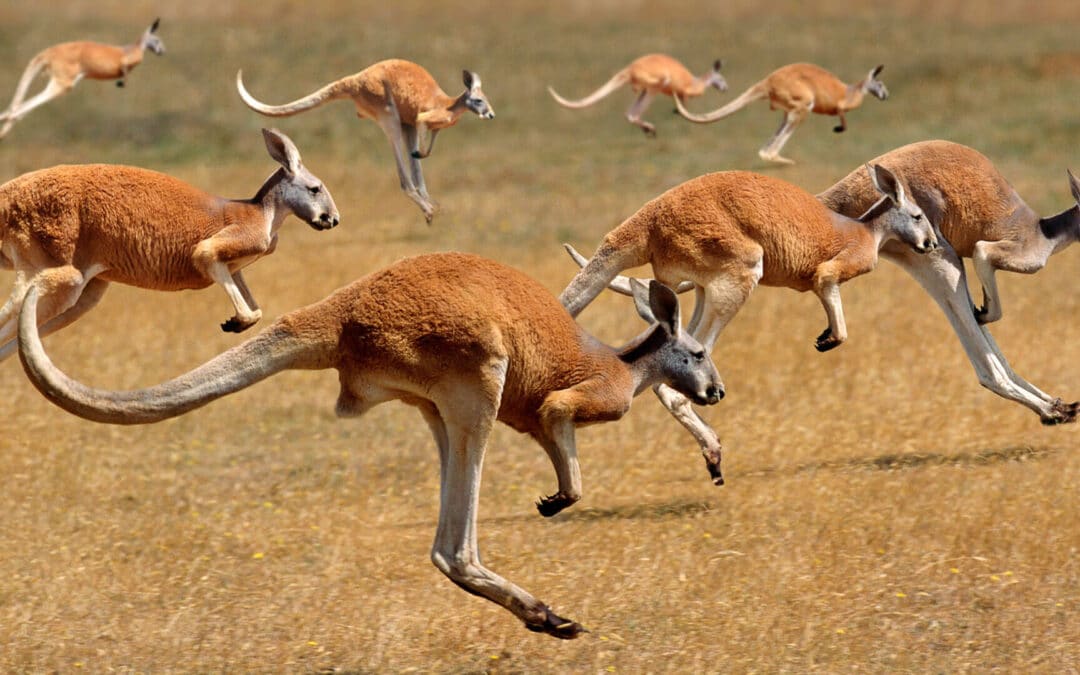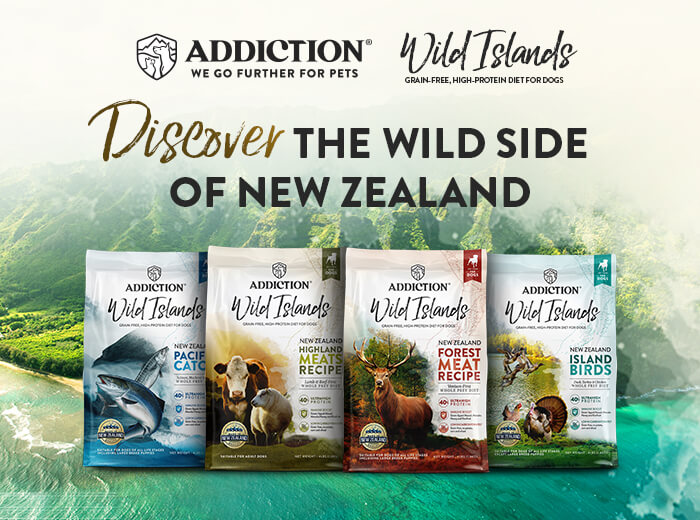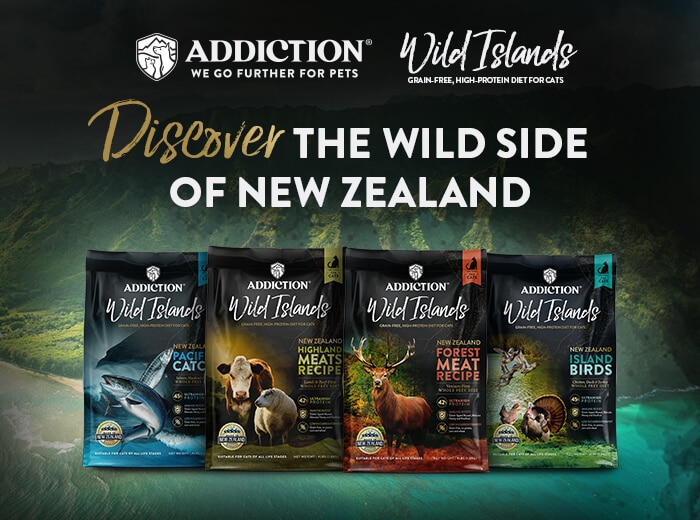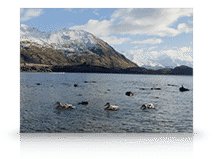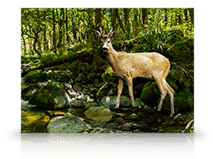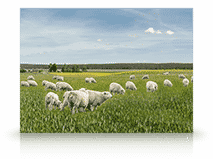Felines have very different nutritional requirements compared to humans and dogs. Cats are obligate carnivores, meaning that they more readily digest proteins from meat. They also consume much of their water directly through their food and do not feel thirsty as often as dogs do. Even a cat who drinks regularly from their water bowl is not getting enough moisture in their system.
Dry food, while convenient and containing a long shelf storage life, is not the best option on its own. Though some cat owners feel that they do not have the time to prepare food for their cat or worry about leaving food out too long in hot weather while they go off to work, there is good reason to put up with the hassles of wet food.
Dry food on its own does not provide cats with optimum nutrition. It is important to feed your cat canned food as well. Dry food contains less than 10% moisture. This is insufficient moisture for cats. Cats are designed to get most of their water intake from their food. A cat’s natural prey contains about 70% moisture. Canned foods meet this requirement with moisture levels of 75% or higher. Most cats who consume dry food will not drink excessive water to try and correct this dehydration. Therefore, if your cat is on a dry diet only, it will consume far less water than cats eating a canned food diet. Your cat’s system will then compensate for the lack of water by making the urine more concentrated. If this goes on, it could lead to feline lower urinary tract disease (FLUTD).
FLUTD is an umbrella term for conditions that affect the bladder and urethra of cats. The most common types of FLUTD include cystitis, urethral blockage and bladder/kidney stones. The signs of FLUTD include straining, incontinence and urinating outside of the box. Blood in the urine is also another sign. One easy way to keep track of your cat’s peeing habits is by using clumping litter. With clumping litter, you can easily monitor the size of your cat’s urination. If your cat is showing any of these signs, we recommend you call your veterinarian for further testing.
One way in which you can help prevent FLUTD in your cat is by ensuring that you feed good quality food in small quantities and at regular intervals. Ensure that your cat gets sufficient wet foods rather than just dry foods. Cats can be finicky about things like texture and smell, so you may need to try multiple wet foods before finding one that your cat enjoys. Offering your cat a variety of proteins, including novel proteins like venison, eel and brushtail, can help keep your kitty running to the food bowl every morning.

Litter boxes also play a part in maintaining a good urinary system. Cats are fussy. They need a quiet, stress free environment for their litter boxes and need them cleaned twice a day. If you have more than one cat, try to have multiple litter boxes. If that’s not possible, try to clean it out multiple times per day. If one of your cats is refusing to use the litter box, try adding a second one. Some cats do not want to share!
Is your kitty overweight? FLUTD more often affects overweight cats because they are less active and visit the litter box less frequently. A cat’s weight can be slowly reduced by controlling the amount of food it is fed. Feed your cat 2-4 small portions a day instead of allowing free access to food. Cats can be ‘retrained’ to eat by offering them their food for thirty minutes in the morning and again at night. If they do not eat all the food in thirty minutes you pick up the food bowl and put it away. By dinnertime, your cat will probably be hungrier and will finish their dinner. This method allows you to control how much food your cat is consuming a day.
Cheap commercial pet foods are primarily made of grains, which also contributes to obesity. Addiction’s dry foods for cats are grain-free. Paired with our canned food, which uses novel meats rich in vitamins and minerals, feeding Addiction cat foods help ensures that your cat’s intake of water is sufficient.
Sources:
http://www.vet.cornell.edu/fhc/brochures/urinary.html
http://www.petmd.com/cat/nutrition/evr_ct_obesity_in_cats_and_what_to_do_about_an_overweight_cat?page=2#.T_EfhReiR5M




